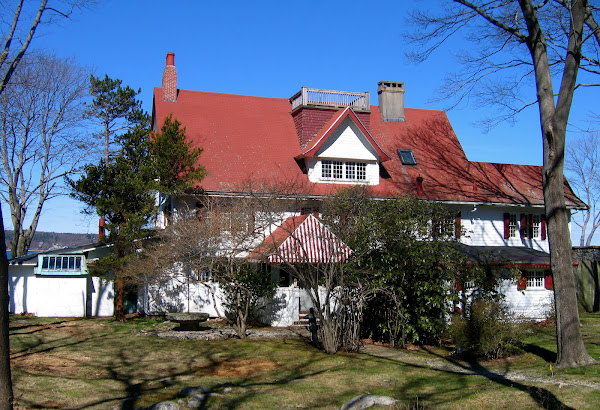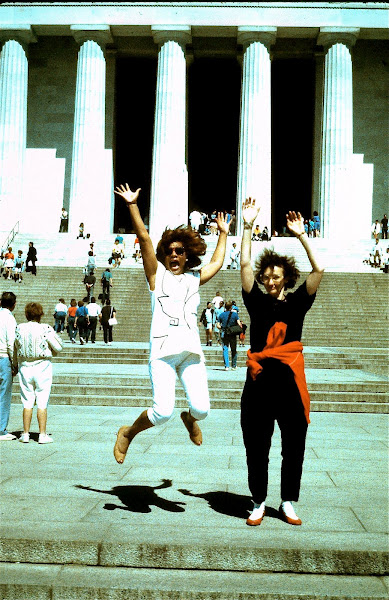
Spaghetti cacio e pepe. Mmmm-mmm. How fortunate we were to have our Rome-based friend Sylvia’s restaurant recommendations. And even more fortunate to have discovered this wonderful Roman specialty at every place we ate. Here, the first and best version (shown pre-tossing), at Trastevere’s Da Gildo. (Forgive the shadow, an unfortunate consequence of our no-flash policy and our dining al fresco.) An online search in pursuit of recreating the dish at home revealed two things: 1. Every recipe calls for spaghetti, grated cheese, coarsely ground pepper and a bit of the water the pasta was cooked in. 2. No one seems able to agree on which cheese, whether there is butter, or oil, or if the pepper is “roasted” first, or if the dish is “finished” in a frying pan, etc. We’re sticking with our late neighbor Franco Romagnoli’s simple approach. Cook the pasta al dente. Drain and divide it among the dinner plates. Put on a few tablespoons of grated Romano, a few grinds of pepper. Toss on the plate, add a tablespoon or two of the hot water, toss again to melt the cheese and create a creamy sauce. Basta.




























